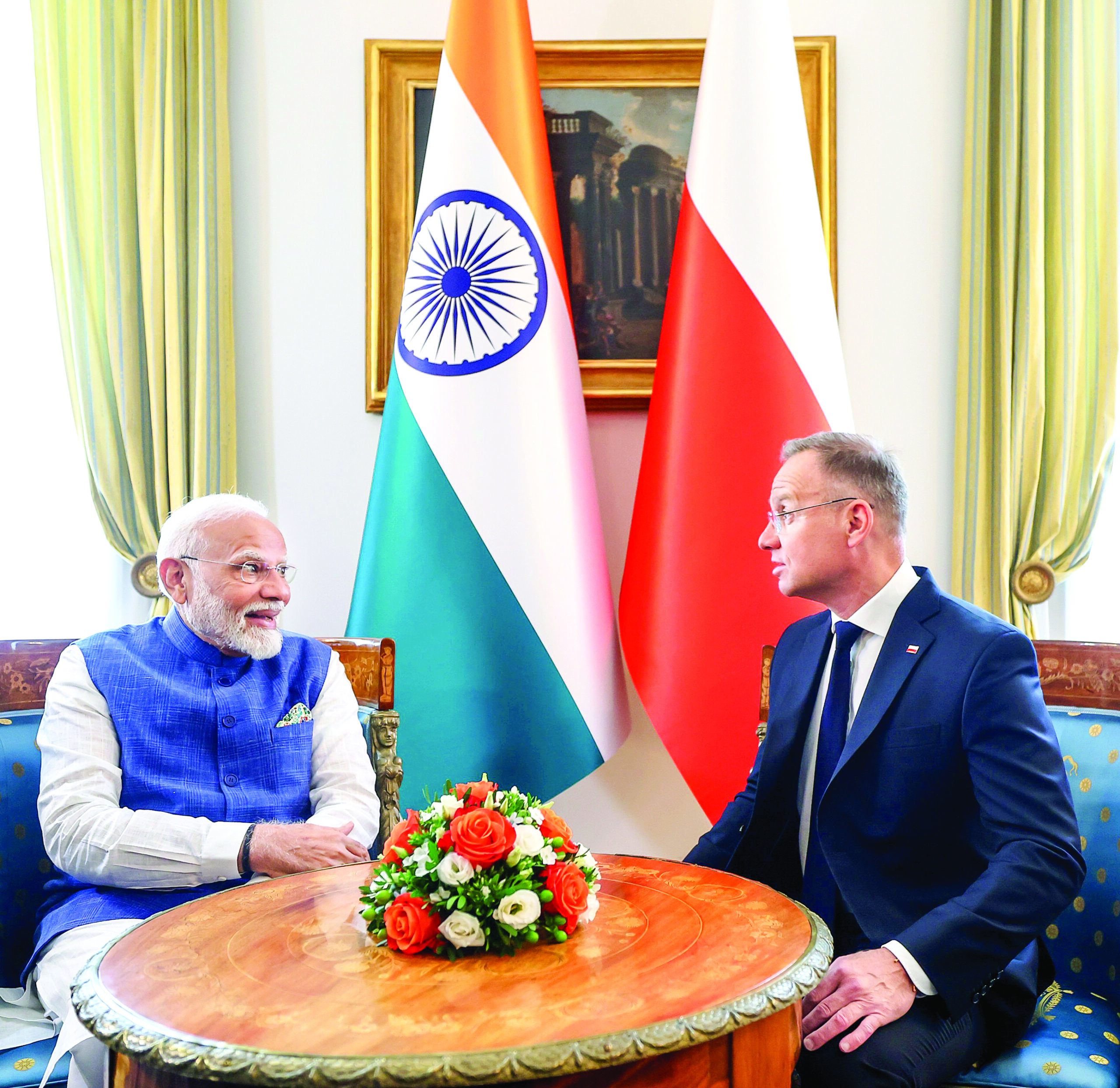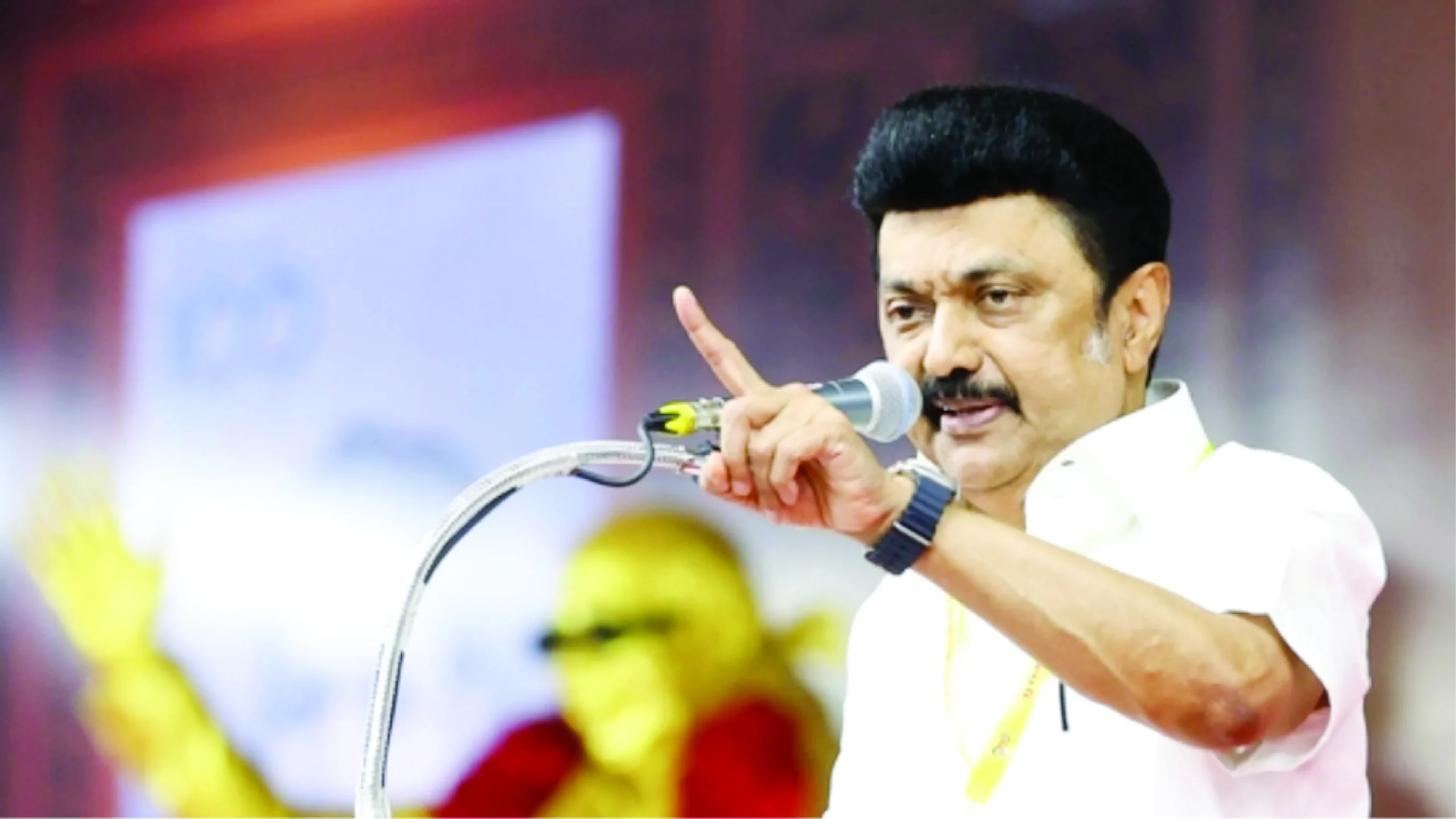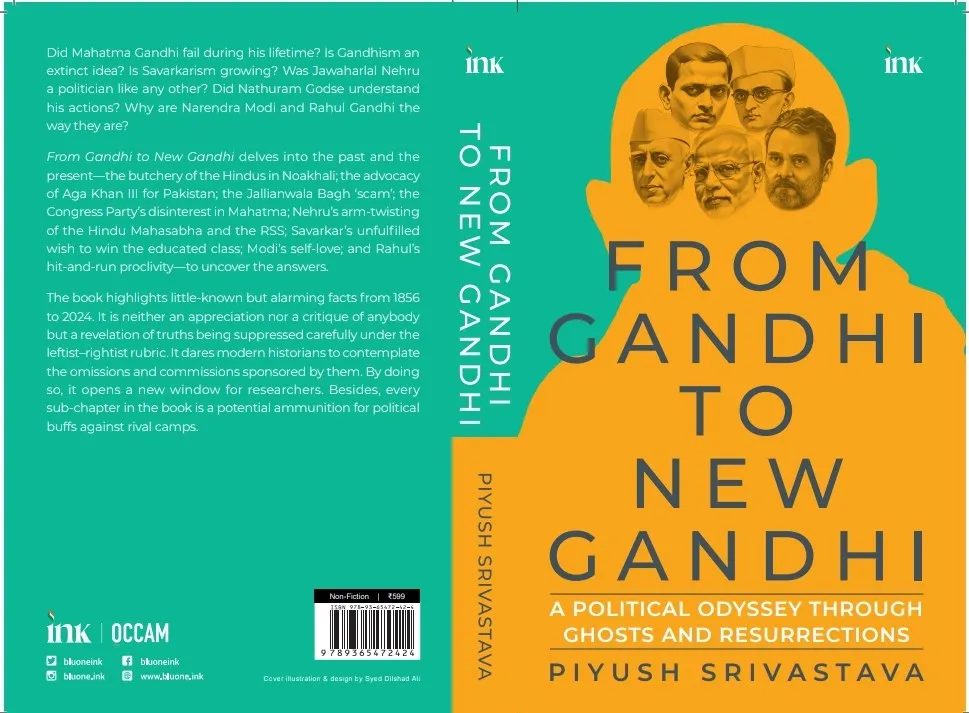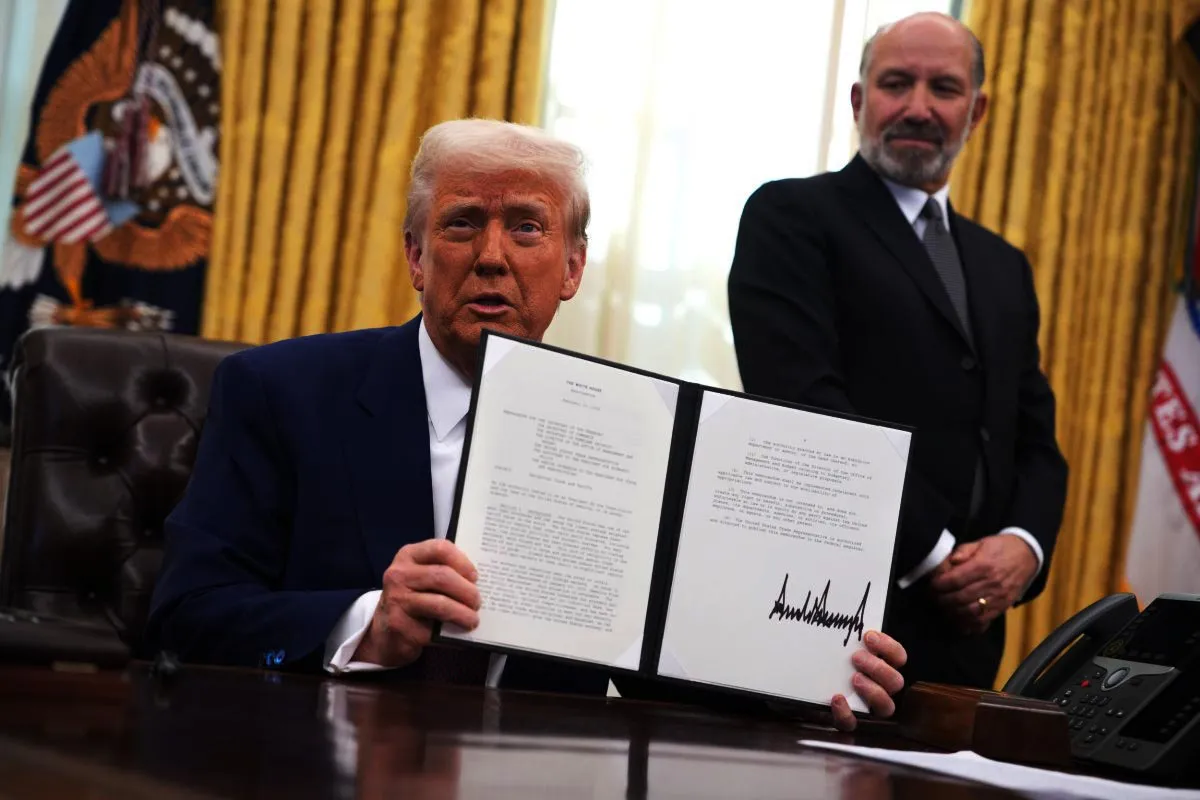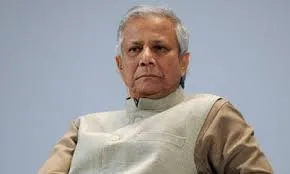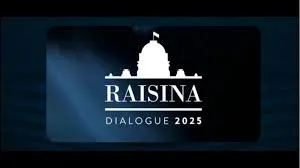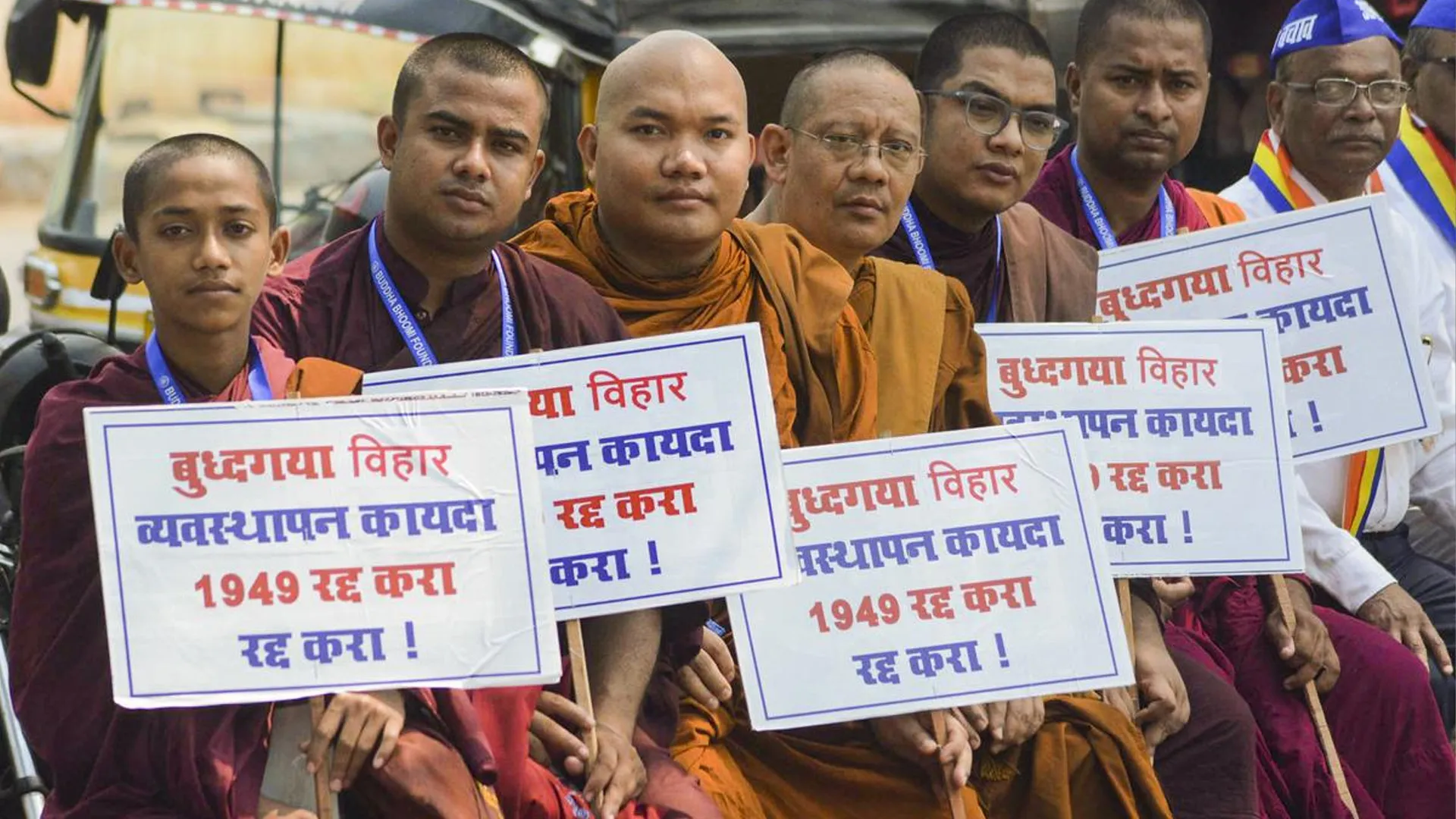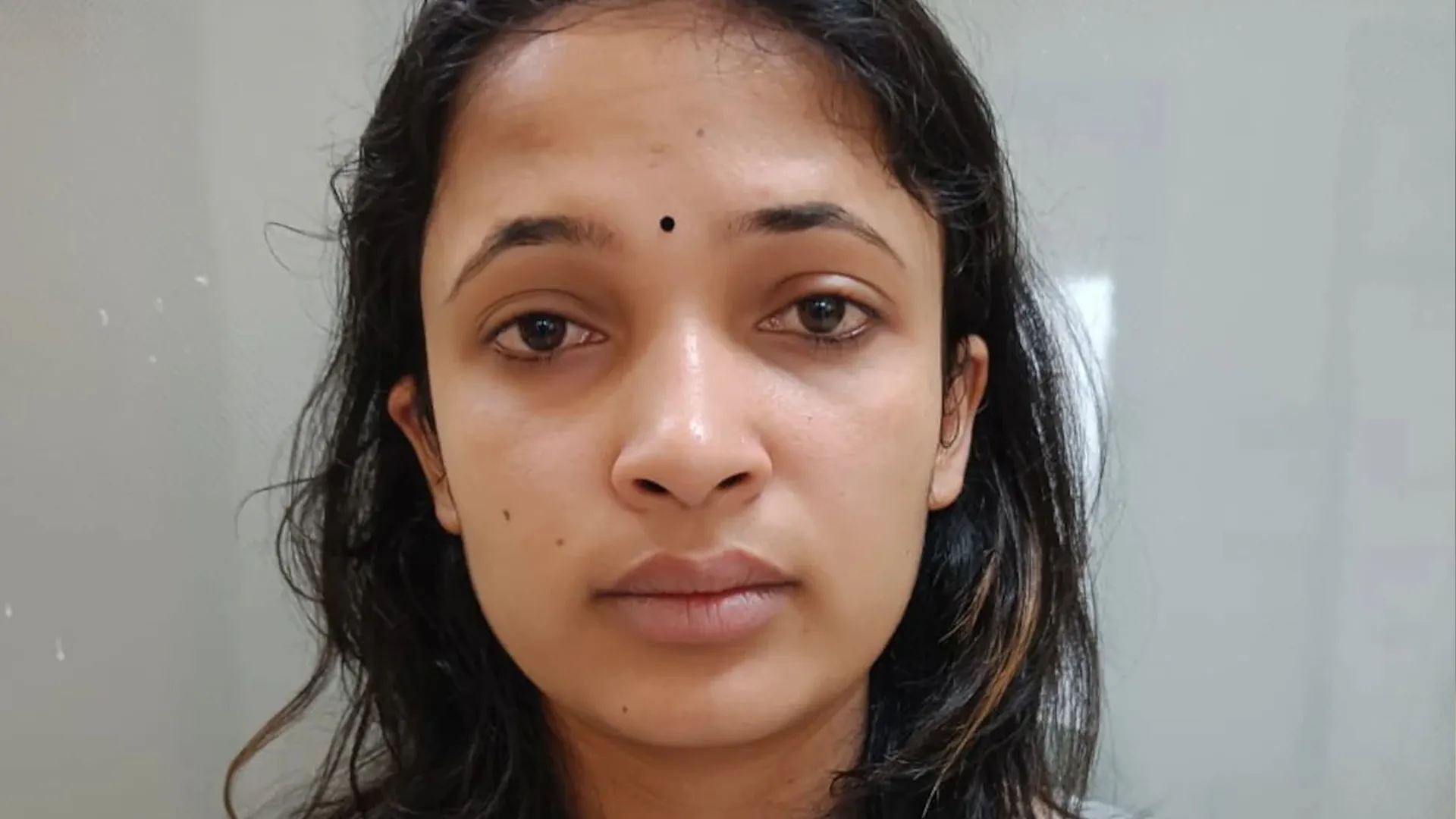Prime Minister Narendra Modi’s visit to Poland in August 2024 marks a pivotal moment in the bilateral relations between India and Poland. This visit highlights the growing importance of bilateral ties, especially in the defence and strategic sector.
Historically, India and Poland have maintained a robust relationship, particularly in military technology and equipment, but recent years have seen a renewed focus on deepening this partnership. Historically tied through their mutual connections with the Soviet Union, both nations have evolved their defence strategies post-Cold War, increasingly aligning with Western nations. Today, Poland’s strategic location in Europe and its advanced defence capabilities offer India a valuable partner as both countries seek to expand their influence and enhance their military capabilities in a rapidly changing global landscape.
Historical Context
During the Cold War, both the countries were dependent on the Soviet Union for military aid and other assistance. After the collapse of the Soviet Union, they took pragmatic decisions to move closer to the western countries, especially the USA. Since the end of the Cold War, India has viewed Poland as a stepping-stone to the European Union and other nations in the Baltic region. Poland’s economic and technological progress coupled with its strategic location offers India an excellent opportunity in the industrial and military domain.
In the 1970s, Polish soldiers served together with soldiers from India and Canada in the International Commission for Supervision and Control (ICSC) in Vietnam, Laos and Cambodia (1954-1975). In the early decades of the 21st century, by the decision of the President of Poland, dated 17 March 2003, Polish forces also participated in the “coalition of the willing” led by the United States to overthrow the regime of Saddam Hussein in Iraq. Though India had refused to join this multi-nation initiative, it reflected Poland’s desire to move out of its geography and engage in the Indian Ocean Region.
Bilateral Defence Industrial Cooperation
When Poland aimed to join NATO in 1999 and align its defence systems with the West, it made a prudent choice not to discard all its Russian equipment. Instead, it leveraged local resources to effectively upgrade this equipment, achieving performance comparable to Western military gear at just a third of the cost. While India struggled to diversify its defence imports and establish indigenous manufacturing facilities, Poland’s proximity to Europe helped its defence industries develop faster.
One of the earliest and most notable bilateral collaborations was Poland’s involvement in upgrading India’s T-72 tanks. In 2002, the Polish company Bumar-Łabędy played a crucial role in enhancing the operational capabilities of these tanks, which are a vital part of India’s armoured corps fleet. India had concluded a $73 million contract for Polish-made weapons guidance systems to upgrade some 250 T-72 tanks. This collaboration underscored Poland’s technical expertise and its role as a reliable defence partner for India.
This deal caused concerns in Russia’s defence industry, which had always considered India a strong market for its military hardware. Back then, the Indian Army’s armoured regiments were equipped with some 800 T-72 tanks that were either purchased from the erstwhile Soviet Union or licence manufactured in India. Since the break-up of the Soviet Union, Russia had taken on the responsibility of spares and other materials needed for the maintenance of the tanks. The Indian T-72 tanks required up-gradation to keep them in service till 2015. The Polish-made fire control system needed no modification of the main battle tank, thus keeping costs down. The Polish firm that manufactures the fire control systems to be used in the T-72 upgrade programme won the upgrade contract due to better financial terms offered by them, as per Russian sources. This upset the Russians as their state owned company, Rosoboronexports lost the bid.
Later during the year, the Polish Finance Ministry offered a $200-million credit line for selling arms to India. This was followed by the signing of agreements, on Poland providing technical assistance to produce radars and supplying combat parachutes to the Indian Army. As a part of this package, Poland supplied 250 weapons guidance systems for T-72 tanks worth $172 million along with eighty units of WZT-3 technical assistance vehicles in a deal worth $75 million. The T-72 tank engines of 800 horsepower were upgraded with 1000 hp engines and re-equipped with modern fire control systems (DRAWA-T) and thermal imaging equipment. India also acquired 625 assault parachutes from the Polish company Air-Pol with automatic devices ensuring their reliable opening, with a total value of US$1.5 million. These were then issued to special forces units for training and deployment.
Polish strengths in some high technology areas, such as optoelectronics, and its experience in modernising the Soviet equipment have positioned Poland as an important new defence partner for India. Additionally, in the early 2000s, India and Poland signed contracts for the purchase of anti-aircraft missile systems for the Indian Army. This deal had strategic significance as India was developing the first layer of its ballistic missile defence shield during this time.
Towards a Strategic Partnership
In February 2003 during the visit of the Prime Minister of Poland Leszek Miller to India, India and Poland signed the Memorandum of Understanding on Defence Cooperation. This was followed by the establishment of a joint working group to discuss other areas of defence cooperation. Since the Polish armed forces have excellent counter-terrorism and intelligence capabilities, another joint working group was setup exclusively on counter-terrorism.
In early 2004, when Pakistan’s Foreign Minister, Khurshid Mohammad Kasuri, approached Poland to acquire anti-tank missiles, the Polish government firmly declined. Poland’s Deputy Defence Minister, Janusz Zemke, explained to an Indian delegation visiting Poland, “As we seek to establish high-level military-technical cooperation with India, we have no intention of developing a similar relationship with Pakistan.” Poland views India as a long-term strategic partner in Asia and is eager to forge a lasting defence relationship that could involve joint research, development, and production of weapon systems. Progress has already been made in this area; for instance, Poland, a global supplier of armoured personnel carriers, now manufactures engines for these vehicles in Bengaluru as part of collaboration with an Indian company. Reportedly, Poland has offered India full transfer of technology in producing landing vessels for ships. Additionally, as both India and Poland have considered privatizing their defence industries, there could be promising opportunities for mutual investments in each other’s military sectors.
Poland’s significant participation in the DefExpo 2008 held in India in February 2008 was commended very well by the Indian government during the visit of Polish Deputy Foreign Miniser Ryszard Schnepf. During Prime Minister Tusk’s visit to India in 2010, Poland also reaffirmed its support for India’s bid for a permanent seat in an expanded UN Security Council. In 2013, the special forces units of the armies of both nations conducted a training exercise at the High Altitude Warfare School (HAWS) in Sonamarg between September 30 to October 19, 2013. This exercise was kept under wraps as no official statement regarding the activity was released by either side.
There is a large Indian community in Poland, estimated at around 25,000. This includes around 5,000 students. The government and people of Poland had offered valuable assistance during Operation Ganga for the evacuation of Indian students from Ukraine. More than 4,000 Indian students were evacuated via Poland during 2022. PM Modi thanked and praised the Indian diaspora and the Polish government for their support in Op Ganga during his recent visit to Poland.
Thus, India’s defence and strategic relations with Poland have grown from arms trade to military cooperation to comprehensive cooperation that includes courses, training for UN peacekeeping operations, diaspora engagement, evacuation assistance, joint defence industrial ventures, joint military exercises etc. In recent years, Poland’s strategic importance has grown, especially in the context of European security and its role within NATO. As Poland continues to expand its defense capabilities, it presents new opportunities for collaboration with India. The ongoing conflict in Ukraine has further highlighted the need for strong defense partnerships, and Poland’s proximity to this conflict zone makes it a crucial ally for India in the European theater.
The discussions during Prime Minister Modi’s 2024 visit are expected to focus on expanding defense cooperation, with an emphasis on mutual benefits. Poland’s experience in modernizing military equipment and its expertise in defense technology are likely to be areas of interest for India. Moreover, the potential for joint ventures in defense manufacturing, particularly in aircraft maintenance, repair, and overhaul (MRO) services, presents a promising avenue for future collaboration.
Conclusion
India-Poland defence relations have grown from a foundation of military hardware collaborations to a multifaceted strategic partnership. Poland’s technical expertise in modernizing Soviet-era equipment and its willingness to engage in joint ventures with India reflect a deepening relationship that goes beyond mere transactions. As both nations continue to explore avenues for cooperation, including potential joint research and development initiatives, the future of India-Poland defence ties appears promising, contributing to the broader goal of enhancing global security and regional stability. India and Poland’s defence cooperation is a testament to the enduring strategic partnership between the two nations. Prime Minister Modi’s visit to Poland in August 2024 is expected to further solidify this partnership, paving the way for deeper and more comprehensive defence cooperation in the years to come.
Rahul Wankhede, PhD scholar, Special Center for National Security Studies,
Jawaharlal Nehru University

